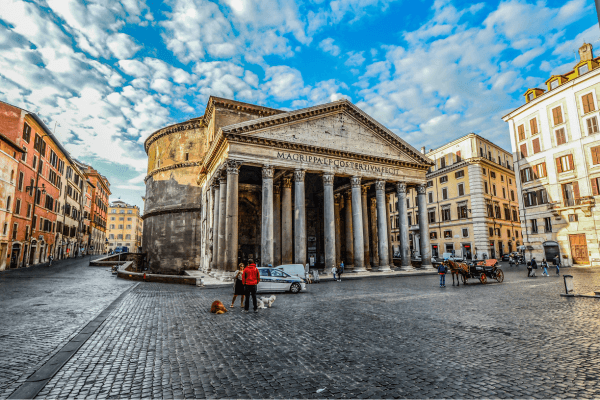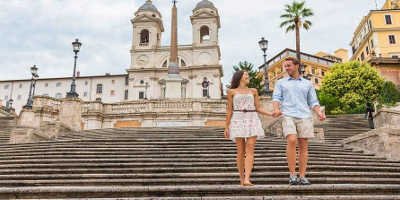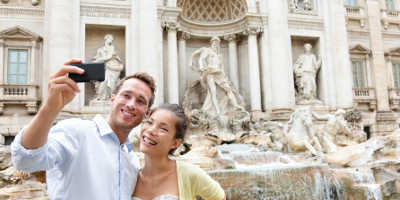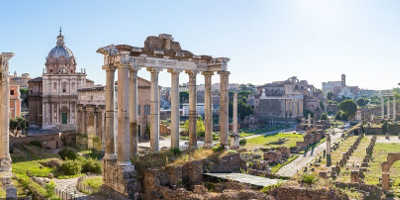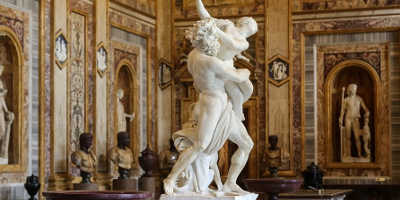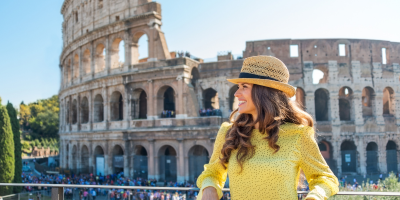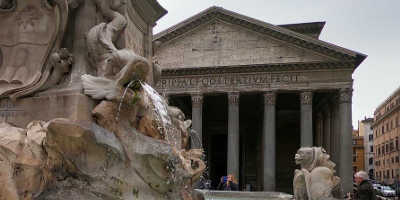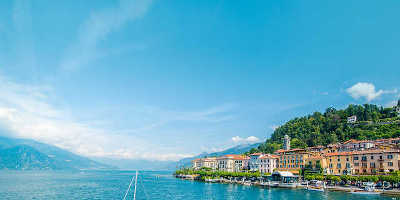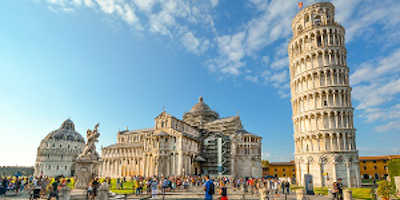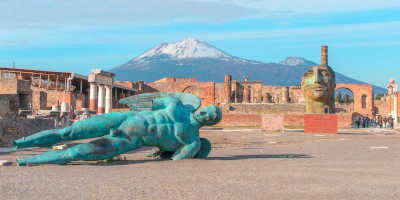Why is there a hole in the roof of the Pantheon
The Pantheon is one of Rome’s most well preserved ancient buildings. It’s truly beautiful and worth seeing this impressive architecture temple.
The Pantheon is without a doubt the most impressive ancient Roman building to see in Rome. The outside of the building looked more like an ancient Greek temple with the stone pillars at the entrance which was dedicated to the 12 Gods.
When you take a step inside, it’s a sight to see. Everything inside dates to when it was originally built from the marble flooring to the dome which is a single piece of concrete! But as you’re looking at the dome, you might see this hole right in the middle and wonder why it’s there.
Read on to find out why there’s this mysterious hole in the roof and the meaning behind it.
Why is there a hole in the roof?
The 7.8 diameter hole in the Pantheon sits right in the middle of the dome. This hole is the only source of light in the Roman temple. It is impressive to see how much light comes from this single hole when you’re standing inside the Pantheon.
The hole also represents the connection between the Pantheon and the gods.
How does the Pantheon stay dry from rain?
When it does rain, the water does fall through the hole and inside the Pantheon. But Emperor Hadrian and Apollodorus of Damascus ensured to think about this while designing the temple. The floor is slightly slanted and there are numerous holes which help drain the water.
When was the Pantheon built?
The Pantheon was first opened in 125 AD as a Roman Temple before it became a Catholic church in 609 AD. Emperor Hadrian and Apollodorus of Damascus designed the Pantheon to be built on top of the previous one when it was burnt down.
Why did the Pantheon change from a temple to a church?
The Pantheon was a Roman temple from the date it opened until 609 AD. Phocas, who was the Byzantine Emperor, had permission from Pope Boniface IV to change the temple to a church in 609 AD. With the change, it saved the Pantheon from being destroyed. The Pope then rededicated the church to St. Mary of the Martyrs.
Do a tour of the Pantheon
Take part and do a tour of the Pantheon to learn more about its history, architecture, and construction. A tour is certainly worth your time, whether you follow a tour guide or take an audio guide as you walk around.
After you’ve seen the Pantheon, why keep exploring and take part in a Rome tour? Have a tour guide show you around Rome to see the Colosseum, the Roman Forum, the Vatican, and more!


